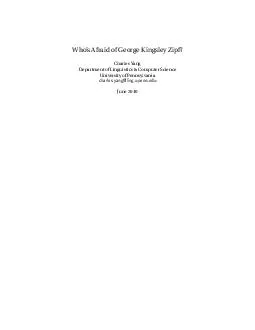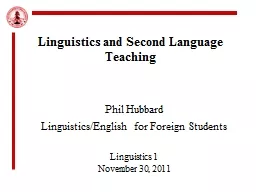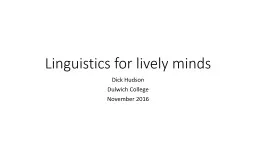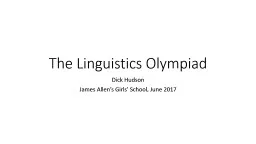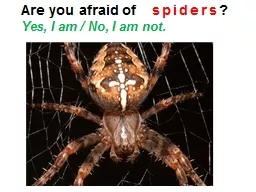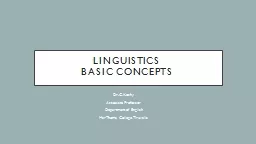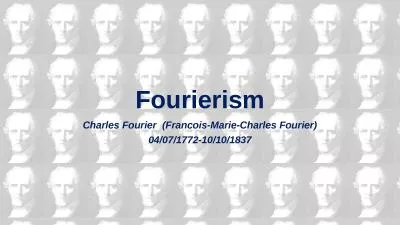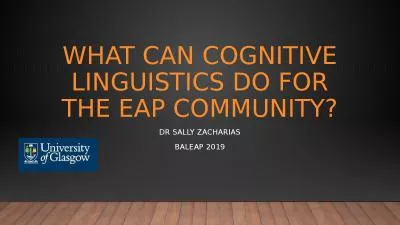PDF-Whos Afraid of George Kingsley Zipf Charles Yang Department of Linguistics Comp
Author : myesha-ticknor | Published Date : 2014-10-08
yanglingupennedu June 2010 Abstract We explore the implications of Zipfs law for the understanding of linguistic productivity Focusing on language acquisition we
Presentation Embed Code
Download Presentation
Download Presentation The PPT/PDF document "Whos Afraid of George Kingsley Zipf Char..." is the property of its rightful owner. Permission is granted to download and print the materials on this website for personal, non-commercial use only, and to display it on your personal computer provided you do not modify the materials and that you retain all copyright notices contained in the materials. By downloading content from our website, you accept the terms of this agreement.
Whos Afraid of George Kingsley Zipf Charles Yang Department of Linguistics Comp: Transcript
Download Rules Of Document
"Whos Afraid of George Kingsley Zipf Charles Yang Department of Linguistics Comp"The content belongs to its owner. You may download and print it for personal use, without modification, and keep all copyright notices. By downloading, you agree to these terms.
Related Documents

